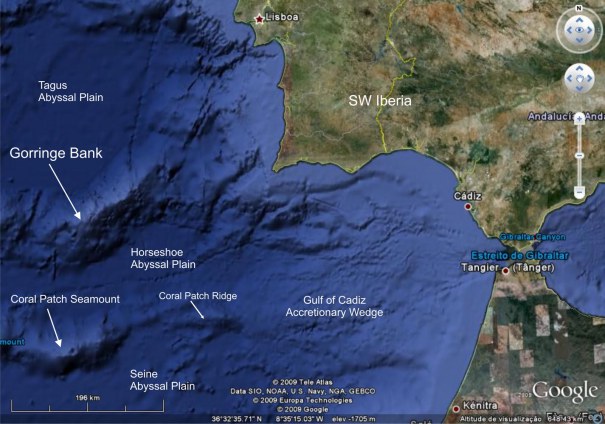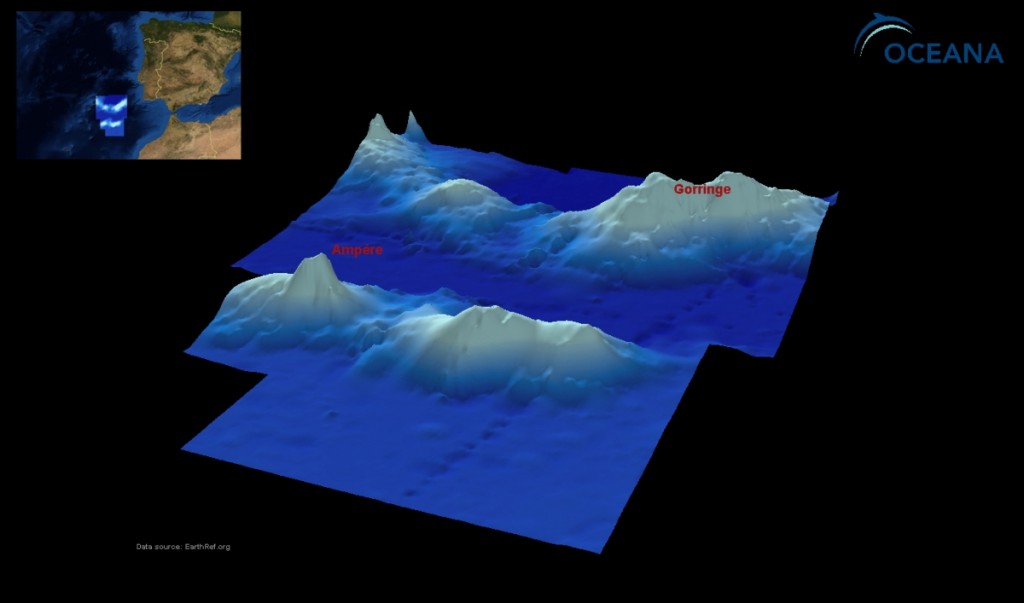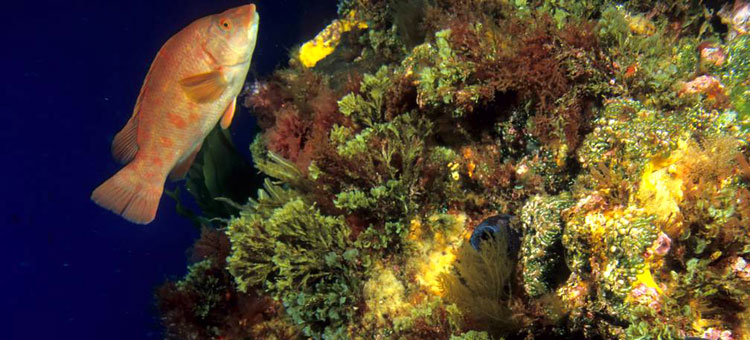
The Council of Ministers approved, at its meeting on Thursday, the inclusion of the Banco Gorringe site, located about 200 kilometers southwest of Cape S. Vicente, in the National List of Sites.
This inclusion is justified by the «relevance that Banco Gorringe assumes for the conservation of the values protected by the European Union Habitats Directive».
The inclusion of this new Site with about 2288 thousand hectares, in an exclusively marine area, comes, according to the statement from the Council of Ministers, «to ensure a better representation of natural values at national, European and biogeographic levels, contributing to complete the Natura 2000 Network in Portugal, and in particular in the marine environment”.
Jorge Gonçalves, researcher at Marine Science Center (CCMAR) from the University of Algarve, he explained to the Sul Informação that Banco Gorringe is «a very particular and unique place» on the Portuguese coast, as it is «probably the highest mountain in Portugal», as it is a seamount that rises from 5000 meters deep to 25 meters below the surface of the sea.
"The seamounts rarely reach almost the surface", but this one does. It has two peaks, Gettysburg, at 28 meters deep, and Peak Ormonde, at 33-46 meters deep.

The Gorringe Bank is «a particular and unique site for having a huge diversity of habitats and species – namely corals, gorgonians and deep-sea sponges. But also for the life around it, such as the immense population of algae and the fish communities that inhabit it or that make it a crossing point in their migrations», explained the marine biologist.
This huge biodiversity is also the reason for the most important threat, fishing. “There is a certain fishing pressure” in this area, not least because it is a rich place but far from the coast, where inspection is therefore “more difficult”. The inclusion of Banco Gorringe in the National List of Sites, classifying it as a Marine Protected Area, is a way of «preventing this threat caused by the pressure of fishing».
«The inspection , it is difficult, but today there are technological means to track the vessels in real time, as they are equipped with electronic tracking systems, facilitating the authorities' task», said Jorge Gonçalves.
The CCMAR researcher recalled that since 1998 Banco Gorringe has been the target of systematic research on its biological richness. The first missions were promoted by the Wild Atlantic Association, headquartered in Faro, with the participation of CCMAR researchers.
«Since then, we have been studying Banco Gorringe in a very systematic way, including with diving», stresses Jorge Gonçalves. More recently, in addition to the UAlg Sea Science Center, other universities have also taken an interest in that seamount, in addition to the OCEANA organization.
Banco Gorringe is a place with high primary productivity for an oceanic context and with a
unique ecosystem, where 862 species are registered.
The Natura 2000 Network habitats are present in it: 1170 “Reefs” and 1110 “Sand banks permanently covered by shallow sea water”.

There are still species Chelonia mydas (Green turtle), Caretta caretta (Silly turtle), Scyllarides latus (chip), Lithothamnion corallioides (Mäerl) and Centrostephanus longispinus (Long-thorned urchin), as well as the presence of habitats considered endangered by the Convention for the Protection of the Marine Environment of the North East Atlantic (OSPAR): Seamounts, Coral Gardens, Sponge aggregations in the deep sea, Reefs of lophelia pertusa and the species Caretta caretta (Silly turtle) and Hoplostethus atlanticus (Clockfish).
Banco Gorringe, located in the Portuguese Exclusive Economic Zone, was only discovered in 1875 by an American expedition (the USS Gettysburg), commanded by Captain Henry Gorringe, hence the name of this seamount and one of its peaks.
Geologically, Banco Gorringe is located close to one of the most important faults in the world, the Azores-Gibraltar fault, which separates the Eurasian plate from the African plate. Although there is no scientific certainty, it is thought that the earthquake of 1755, which destroyed Lisbon and the Algarve coast, may have originated in this area.


















Comments